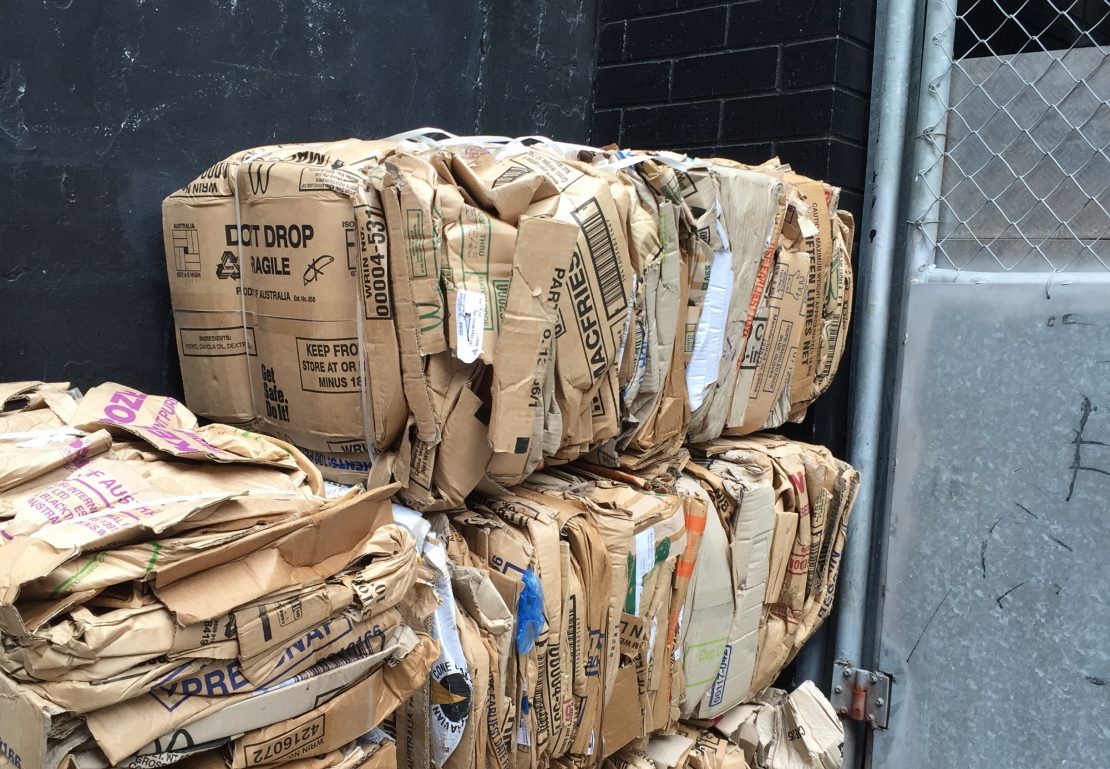Revolutionising how we benchmark, report and improve
Updates from the BBP on Operational Waste Guidelines and NABERS
With no previous set standard on how we report on waste management outcomes, there have been no benchmarks, no measurement frameworks and a huge amount of varying methodologies on how we talk about waste performance – leading us to question, how do your procurement and reporting of waste management practices stack up?
Like most organisations, the effectiveness of your own waste management practices can therefore be limited by the lack of a framework that allows us to iteratively improve performance over time.
But things are changing.
In a show of commitment towards reforming the way we manage waste in commercial buildings, our largest property groups set about creating a voluntary resource looking at best practice waste management. The Better Building Partnership’s (BBP) Operational Waste Guidelines outline a set of principles that, in their mind, define best practice and offer a framework for the rest of industry to follow.
The old adage of you can’t manage what you can’t measure endures.
The Guidelines include a number of tools to help create, procure and implement effective waste management programs. A key pillar of the Guidelines is the creation of transparent and accountable reporting. At its crux is the data integrity rating protocol that grades the quality of the data received by an asset. This levels the playing field and creates a structure of reporting where data comparisons between different assets will now be meaningful. This in turn, aims to make it easier for building owners and property managers to work more effectively with waste and cleaning contractors.
The guidelines have set the scene and laid bare many of the fundamental issues in operational waste reporting. With these addressed, the focus for the BBP can now move to unpicking the real barriers to better recycling, like discovering and reducing waste stream contaminators such as coffee cups and organics in recycling.
Further to this, a revised NABERS waste tool is in development, with these guidelines stimulating a refresh of the tool and forming the basis of a new online platform for measuring and recognising best practice.
The guidelines help to address waste once it reaches the dock. But another critical piece of the puzzle is the waste from the desk and how it gets to the dock. CitySwitch Green Office – an office-based business sustainability program – has paved the way with their new Guide to Office Waste. The tenant resource helps establish the right recycling and waste system for specific office-based workplaces and provides simple steps to implement it. Key highlights include pointers to engage management, staff and cleaning contractors; set waste reduction and diversion targets; and monitor and review progress within the workplace. Off the back of the launch of this resource, online publication ‘The Fifth Estate’ has since released a new Office Waste ebook about the best thinking and resources around office waste with various success stories included.
The BBP hopes that by working together as an industry we can drive better standards, improve industry benchmarking and increase positive outcomes for waste reduction and resource recovery in the sector.
This article has been adapted from a story originally appearing within CWS Magazine.
-
Subscribe to NSW's biggest platform for waste, recycling and resource recovery
- SUBSCRIBE

